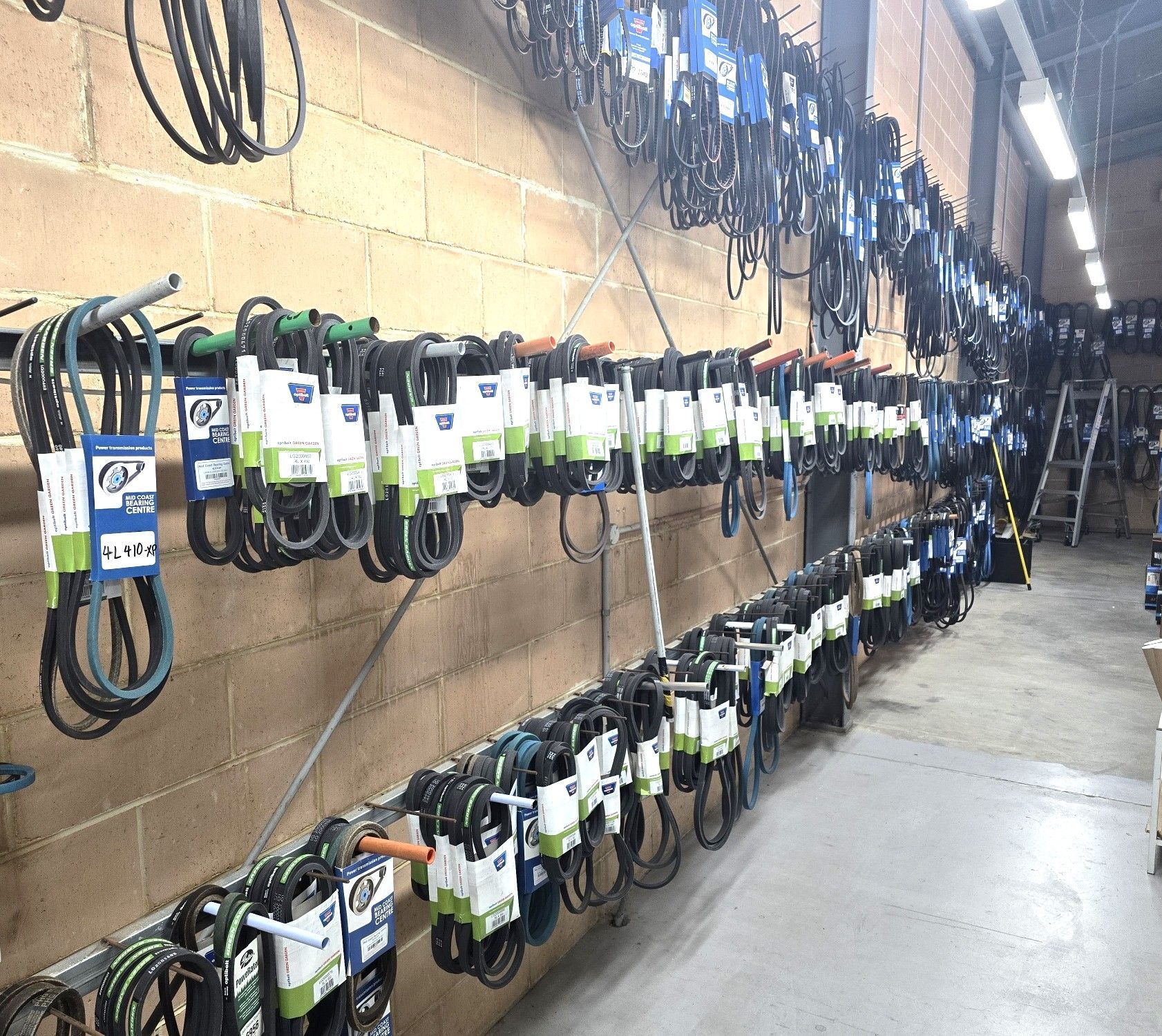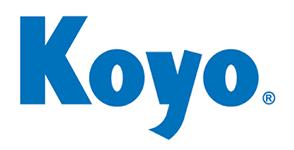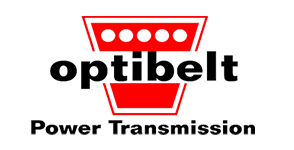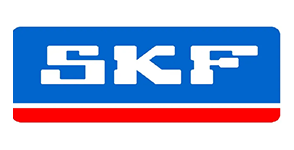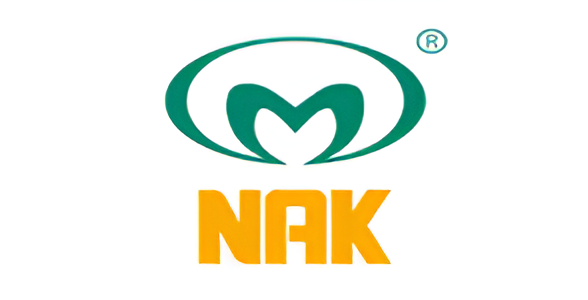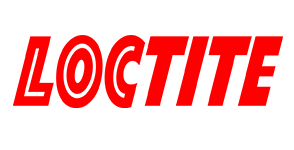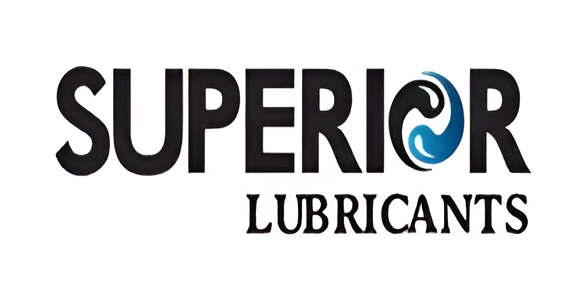Belts in Bulahdelah
- Fast delivery across the Mid North Coast
- Stocked with trusted, quality brands
- Knowledgeable, hands-on customer support
Request a call back In Bulahdelah
Thank you for contacting Mid Coast Bearing Centre.
We will get back to you as soon as possible.
Oops, there was an error sending your message.
Please try again later.
Bulahdelah Belts
If you need reliable belts in Bulahdelah, Mid Coast Bearing Centre is your go-to source for durable, high-performance solutions. With more than 40 years of experience, we help locals across agriculture, mechanics, and light industry find the right belts for their machinery and equipment.
Whether you’re repairing a mower, maintaining a conveyor system, or upgrading your drive components, we stock a wide selection of belts, including V-belts, timing belts, multi-rib belts, and drive belts. Our team understands how essential these components are to keeping operations running smoothly and how costly downtime can be.
That’s why we offer quick turnaround, honest advice, and products sourced from trusted manufacturers. Bulahdelah customers value our commitment to quality, hands-on service, and our ability to find the right solution the first time. Every product we recommend is chosen to suit real-world conditions and demands.
Contact 02 6552 3699 today to ask about our range of belts or get help with your next order.
Belt Options That Fit the Job
At Mid Coast Bearing Centre, we provide Bulahdelah locals with belts that are built to last and chosen to match their equipment perfectly. From small engines to heavy-duty agricultural systems, our belts are available in a wide variety of lengths, profiles, and materials.
We take the guesswork out of selecting the right fit by helping you identify the correct tension, groove match, and load requirements. Whether you’re dealing with heat, dust, vibration, or moisture, we’ll find a solution that’s made to perform in tough Australian conditions.
Our team is happy to walk you through the differences between wrapped V-belts, cogged designs, and toothed timing belts, depending on what your system needs.
We also keep common sizes in stock and can quickly source specialty belts if needed. With reliable delivery and a friendly, no-pressure service style, it’s easy to see why Bulahdelah customers continue to choose us for all things belts.
What causes belts to wear out or fail early?
Belts can wear out prematurely for several reasons. Common issues include incorrect tension, which leads to slippage or overstretching; misalignment of pulleys, which causes uneven wear; and contaminants like oil, dirt, or water that degrade the material. Excessive heat, especially in enclosed systems, can cause rubber to harden or crack. Using the wrong belt type for the application—such as a light-duty belt in a high-torque setup—also shortens lifespan. Regular inspection and preventative maintenance, including checking alignment and cleaning pulleys, can extend belt life and reduce the risk of sudden failure.
Can I upgrade to a different belt type for better performance?
Yes, you can often upgrade your belt system to improve durability, efficiency, or noise reduction—provided the new belt is compatible with your pulleys and system requirements. For example, switching from a standard wrapped V-belt to a cogged V-belt can improve flexibility and heat dissipation, especially in tight pulley arrangements. Upgrading to high-performance timing belts may offer more precise control and reduce maintenance in synchronised systems. However, any change in belt type must take into account pulley compatibility, load requirements, and operating speed. Speak to a parts specialist before making changes to ensure the upgrade meets your system’s needs without compromising performance.
How often should belts be replaced in machinery?
The replacement interval for belts depends on the type of belt, how frequently the machinery is used, and the conditions in which it operates. In general, belts in high-use or harsh environments, such as farming equipment exposed to dust and vibration, should be inspected every few months and replaced annually or as soon as signs of wear appear. Timing belts in vehicles, for example, often have recommended service intervals between 60,000 and 100,000 km. Watch for cracks, fraying, glazing, or stretching—these are all signs the belt is reaching the end of its lifespan. Even if a belt looks fine, replacing it preventatively during major maintenance can avoid breakdowns and costly downtime. Always refer to manufacturer guidelines and consult a parts expert if you're unsure.
